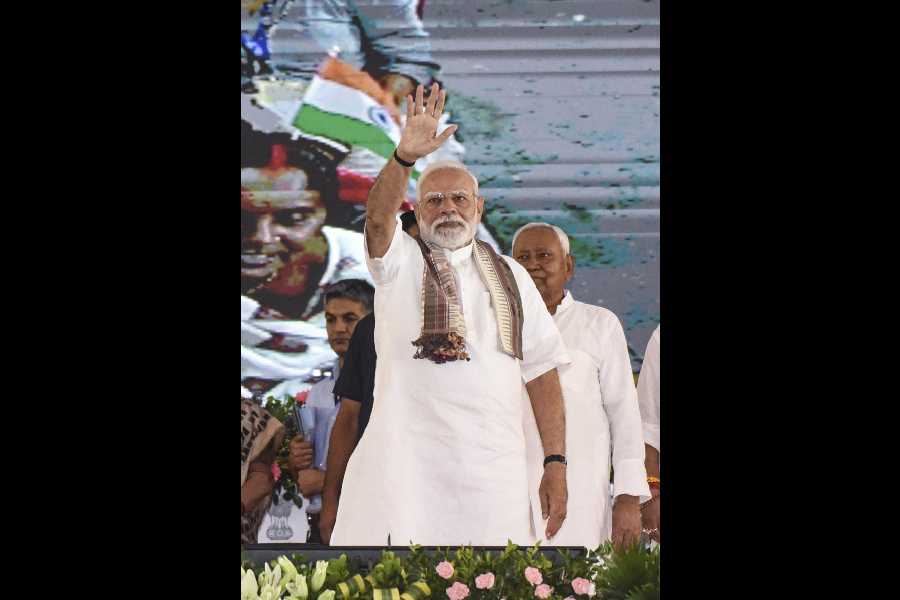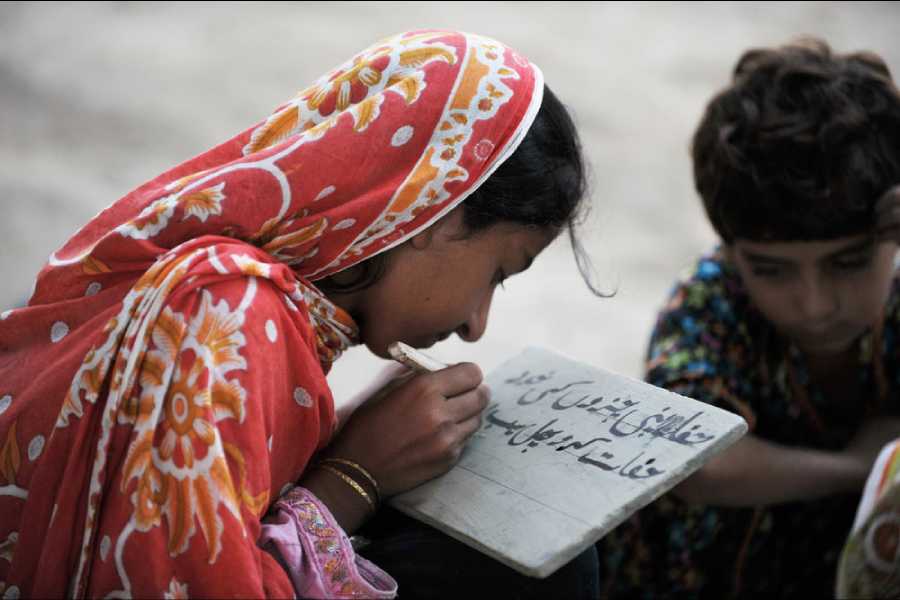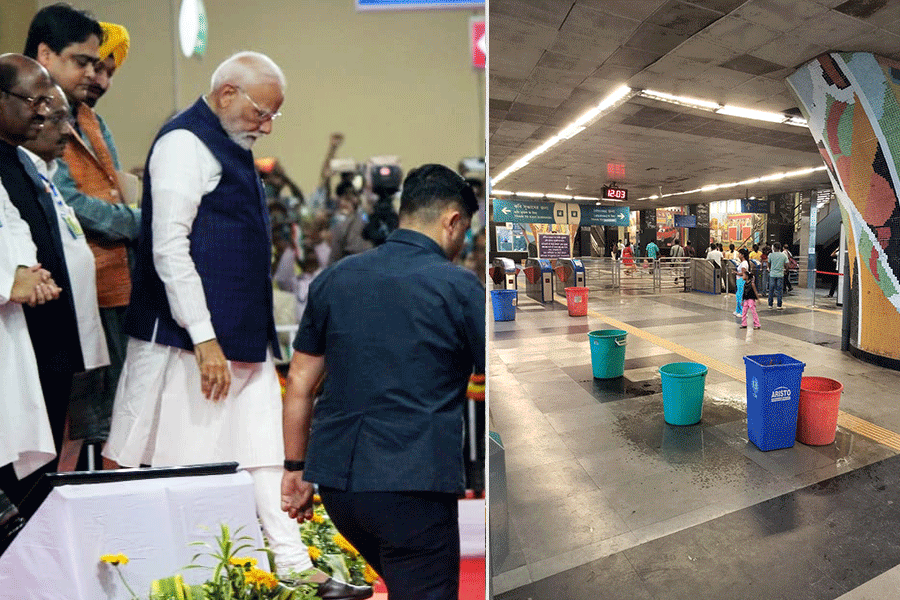Tourists sometimes complain that Mumbai doesn?t have as much to offer as history-rich cities like Delhi. But that?s not entirely true if you are willing to travel a few kilometres outside the urban sprawl and if you have even the slightest interest in ancient history. This is one region where ancient cave art has survived the ravages of time.
Starting at the very tip of Mumbai, 10km north-east of Apollo Bunder lies the island of Elephanta. These caves, with representations of Lord Shiva are Hindu cave culture at their best. Consisting of seven caves, the Elephanta caves can be easily accessed via ferries that leave from the Gateway of India harbour throughout the year, except during the monsoon season.
Dating back to the 5th century BC, the rock cut temples are all dedicated to Lord Shiva. Of the sculptures, the most notable is the Mahesamurti cave. The cave with a pillared hall and freestanding Shiva shrine was used as shooting targets by the British before Independence. A number of pillars, relics and designs depict Shaivaite iconography like the Andhakasuravadha ? impaling the demon of darkness; Kalyanasundara ? the gentle loving god; Ardhanarishwara ? Shiva and Shakti, male and female; Nataraja ? Shiva as the cosmic dancer and Ravana anugraha ? destroyer of enemies.
Located between Mumbai and Pune, the Karla Caves can be easily accessed from both. About 120km from Mumbai it is a three-hour drive and trains plying to Pune too will drop you 3km away from the caves. The Karla Caves are an architectural wonder created by Buddhist worshippers. A climb up a steep hill brings you to the caves with the magnificent stone stupa and pillars carved with figures of men, women and elephants. A 2,000-year-old teak wood ceiling is still intact and the Ashoka emblem too finds its origins here.
Built by Buddhist monks, the Karla Caves are surrounded by hills and plantations and is among the few remaining Buddhist structures in the Sahyadri Hills. Ironically, Karla was a natural cave and made it an excellent choice for the monks to build their shrines here. The halls of the caves are adorned with architectural motifs; lions and elephants. Besides the aesthetic beauty the ancient Buddhist architect kept in mind practical needs and therefore, the horseshoe archway and 50ft high columns.
If you don?t wish to venture too far, Kanehri Caves 10km from the western suburb of Borivilli isn?t a bad option. This is a slice of Buddhist history right in the middle of the city. The caves get their name from the black mountain on which it is built. Dating back to 1st Century BC, most of the caves are Viharas, a place meant for residence, study and meditation. A few halls containing rock-cut stupas meant for worship too can be seen. In sharp contrast to Elephanta, Kanehri is bare and spartan.
The history books say that Kanehri was an important seat of literary activity. The highest cave is situated 1,500ft above sea level and is surrounded by the natural beauty of the Sanjay Gandhi National Park. The walk to the caves through the National Park is a fabulous change after a hard week in the grimy city. A very famous trekking track ? Kanehri is a quick getaway that satisfies both the adventurous and history seekers. Unfortunately, the easy accessibility of the caves has it made it tougher to look after. So, several NGOs and government organisations are demanding better maintenance and an entry fee to ward off vandals.
Located near Aurangabad in Maharashtra, the famous Ajanta and Ellora Caves are cave shrines cut out of rock by hand and they rank amongst some of the most outstanding specimens of ancient Indian architectural heritage. With 34 caves at Ellora and 29 at Ajanta, the caves remained in obscurity for over a millennium, till discovered by a British soldier.
A World Heritage Site, Ajanta was built as a retreat for Buddhist monks. Using simple tools the monks carved out the impressive figures on the walls of these structures. Many of the caves house panels depicting stories from the Jatakas. Images of nymphs and princesses amongst others, are also elaborately portrayed. The Ellora caves are a fine specimen of cave-temple architecture and have elaborate facades and exquisitely adorned interiors.
Each cave depicts the different beliefs of the Buddhist religion. The stupas and pillars all showcase the different moods and teachings of Lord Buddha. Ajanta and Ellora is a must-see for anyone who wants a mix of nature and historical monuments both at their best.










